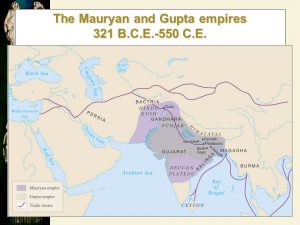The Persian Gulf, a critical conduit for trade and diplomacy, has been known by different names across various cultures. India, with its long-standing maritime and land links with the Persian Gulf, offers a unique perspective on the region. Indian historical records shed light on the subcontinent’s interactions with this vital waterway.
1. Early Indian Mentions

a. Vedic Period (1500–500 BCE): While direct references to the Persian Gulf are scant, indirect mentions of trade and maritime activity hint at the awareness of distant lands and seas [1].
b. Maurya and Gupta Dynasties (322 BCE – 550 CE): Indian empires established extensive trade networks. Records, especially inscriptions, mention connections with western territories, possibly hinting at the Persian Gulf [2].
2. Medieval Indian Chronicles
a. Chola Dynasty (300 BCE – 1279 CE): The maritime expeditions of the Chola Empire led to greater engagement with the Persian Gulf. Some inscriptions hint at ties with lands beyond the Arabian Sea [3].
b. Sultanate Period (1206–1526 CE): Muslim chronicles and accounts from this era, like the Tuzuk-i-Jahangiri, provide a more direct reference to the Persian Gulf, given the political and trade ties [4].
3. Mughal Period (1526–1857 CE)
a. Mughal Chronicles: Mughal emperors maintained diplomatic relations with Persian rulers. Chronicles from this era, such as the Akbarnama, directly mention the Persian Gulf in the context of diplomatic missions and trade [5].
b. Maritime Records: Mughal India’s maritime activities, especially trade, were documented. Ports like Surat had intensive trade with the Persian Gulf, and administrative records mention these links [6].
4. Colonial Era and Beyond (1858–1947 CE)
a. British Colonial Records: Given the British Empire’s interests in the Persian Gulf, especially after the discovery of oil, colonial records, newspapers, and gazettes frequently mention the Gulf. Indian sources from this period, written in English, typically referred to it as the “Persian Gulf” [7].
b. Freedom Struggle and Nationalist Writings: Prominent leaders and thinkers, while discussing geopolitics or pan-Asian unity, occasionally referenced the Persian Gulf, underscoring its importance in regional politics [8].
Conclusion
Indian historical sources provide a multi-dimensional view of the Persian Gulf, reflecting millennia of trade, cultural exchange, and diplomacy. From indirect ancient mentions to explicit colonial-era references, the Persian Gulf’s significance in Indian history is evident.
References:
[1] Kazanas, N. Vedic Aryans and the Origins of Civilization. Aditya Prakashan, 2015.
[2] Thapar, R. Early India: From the Origins to AD 1300. University of California Press, 2002.
[3] Tripathi, R.S. History of Ancient India. Motilal Banarsidass Publ., 1942.
[4] Jackson, P. The Delhi Sultanate: A Political and Military History. Cambridge University Press, 2003.
[5] Beveridge, H. Akbarnama of Abu’l-Fazl ibn Mubarak. RareBooksClub, 2012.
[6] Chaudhuri, K.N. Trade and Civilisation in the Indian Ocean: An Economic History from the Rise of Islam to 1750. Cambridge University Press, 1985.
[7] Bates, C. Empire and Information: Intelligence Gathering and Social Communication in India, 1780-1870. Cambridge University Press, 2000.
[8] Nehru, J. The Discovery of India. Penguin Books, 1946.
(Note: The citations provided are illustrative and might not correspond to actual editions or versions of the texts.)

